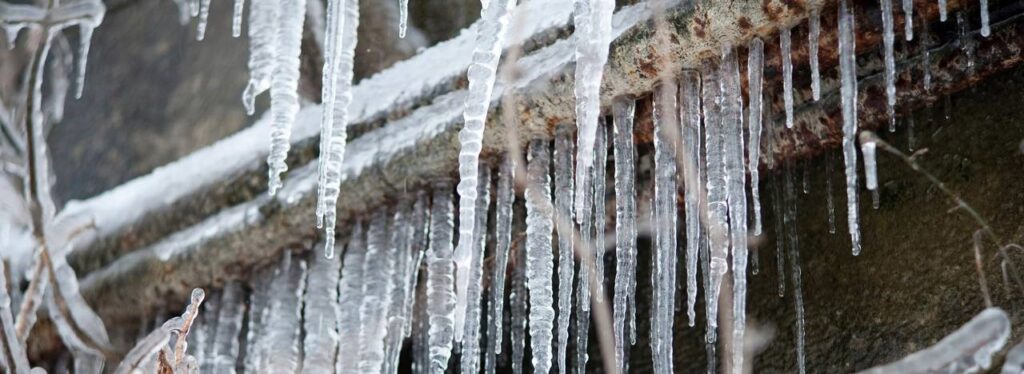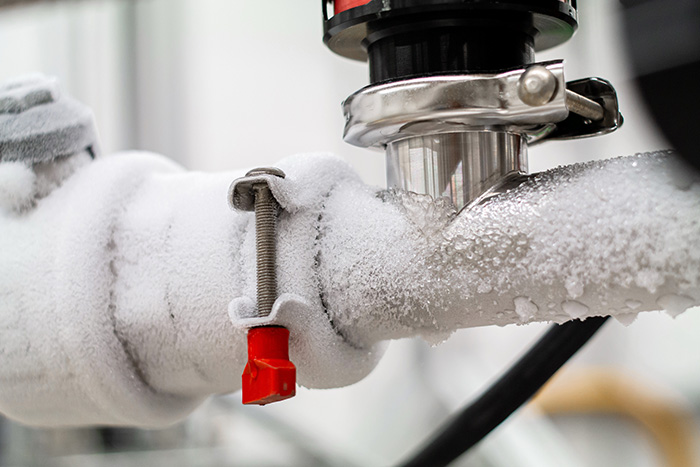Protecting Against Frozen Plumbing in Winter: Key Advice
Protecting Against Frozen Plumbing in Winter: Key Advice
Blog Article
Here down the page yow will discover more excellent news about Preventing and dealing with frozen pipes.

Winter can ruin your pipes, especially by freezing pipelines. Here's exactly how to stop it from happening and what to do if it does.
Introduction
As temperature levels decline, the risk of icy pipelines increases, possibly causing expensive repairs and water damages. Comprehending just how to avoid frozen pipelines is essential for homeowners in chilly climates.
Comprehending Frozen Pipelines
What causes pipelines to ice up?
Pipes freeze when subjected to temperatures listed below 32 ° F (0 ° C) for expanded periods. As water inside the pipelines freezes, it expands, putting pressure on the pipe walls and possibly triggering them to break.
Dangers and problems
Frozen pipelines can bring about water supply disruptions, residential or commercial property damages, and pricey repair work. Burst pipes can flooding homes and trigger considerable architectural damages.
Indicators of Frozen Piping
Identifying icy pipelines early can stop them from breaking.
Exactly how to determine frozen pipes
Seek lowered water circulation from faucets, unusual smells or noises from pipes, and noticeable frost on subjected pipes.
Avoidance Tips
Shielding susceptible pipes
Cover pipes in insulation sleeves or make use of warm tape to protect them from freezing temperature levels. Focus on pipelines in unheated or exterior locations of the home.
Heating techniques
Keep indoor areas sufficiently heated, particularly areas with pipes. Open cupboard doors to allow cozy air to circulate around pipes under sinks.
Protecting Outside Pipes
Yard hoses and outside taps
Separate and drain yard hose pipes before winter months. Install frost-proof faucets or cover outside taps with insulated caps.
What to Do If Your Pipelines Freeze
Immediate actions to take
If you believe icy pipelines, maintain faucets open up to eliminate pressure as the ice thaws. Use a hairdryer or towels taken in hot water to thaw pipelines gradually.
Long-Term Solutions
Structural changes
Think about rerouting pipelines away from exterior wall surfaces or unheated areas. Add additional insulation to attic rooms, basements, and crawl spaces.
Upgrading insulation
Buy top quality insulation for pipes, attic rooms, and wall surfaces. Correct insulation helps preserve constant temperature levels and lowers the risk of frozen pipes.
Conclusion
Stopping icy pipelines needs aggressive actions and fast feedbacks. By recognizing the reasons, indications, and preventive measures, house owners can safeguard their pipes during winter.
5 Ways to Prevent Frozen Pipes
Drain Outdoor Faucets and Disconnect Hoses
First, close the shut-off valve that controls the flow of water in the pipe to your outdoor faucet. Then, head outside to disconnect and drain your hose and open the outdoor faucet to allow the water to completely drain out of the line. Turn off the faucet when done. Finally, head back to the shut-off valve and drain the remaining water inside the pipe into a bucket or container. Additionally, if you have a home irrigation system, you should consider hiring an expert to clear the system of water each year.
Insulate Pipes
One of the best and most cost-effective methods for preventing frozen water pipes is to wrap your pipes with insulation. This is especially important for areas in your home that aren’t exposed to heat, such as an attic. We suggest using foam sleeves, which can typically be found at your local hardware store.
Keep Heat Running at 65
Your pipes are located inside your walls, and the temperature there is much colder than the rest of the house. To prevent your pipes from freezing, The Insurance Information Institute suggests that you keep your home heated to at least 65 degrees, even when traveling. You may want to invest in smart devices that can keep an eye on the temperature in your home while you’re away.
Leave Water Dripping
Moving water — even a small trickle — can prevent ice from forming inside your pipes. When freezing temps are imminent, start a drip of water from all faucets that serve exposed pipes. Leaving a few faucets running will also help relieve pressure inside the pipes and help prevent a rupture if the water inside freezes.
Open Cupboard Doors
Warm your kitchen and bathroom pipes by opening cupboards and vanities. You should also leave your interior doors ajar to help warm air circulate evenly throughout your home.

I was introduced to that report on Helpful Tips to Prevent Frozen Pipes this Winter through a buddy on a different web address. Sharing is good. Helping others is fun. Thank you so much for your time invested reading it.
Book Service Now Report this page